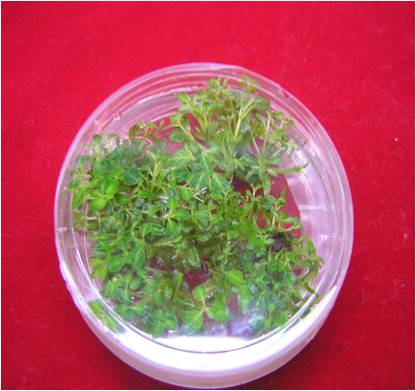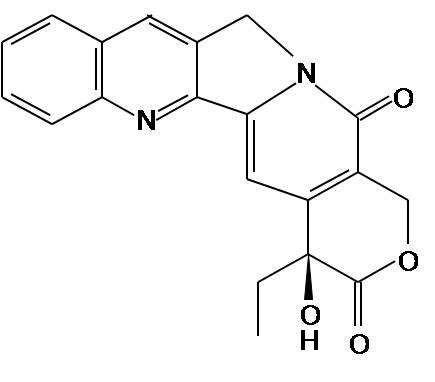

Medicinal plants form an important source for a wide variety of natural products used in the treatment of a various types of diseases like cancer, hypertension, malaria, AIDS etc. These drugs possess a complex organic structure with several chiral centres and are difficult to synthesise in the laboratory. On the contrary, plants accumulate these products with ease under natural conditions. This in turn has resulted in the exploitation of several medicinal plants for the production and export of life saving drugs. In the case of the anticancer drug camptothecin, commercial production is from Camptotheca acuminata & Nothapodytes foetida. Many trees are uprooted from the natural flora and used for camptothecin production. BARC has developed a rapid, continuous and renewable method for multiplication of Ophiorrhiza rugosa as a sustainable source of anti-cancer drug camptothecin.
Medicinal plants form an important source for a wide variety of natural products used in the treatment of a various types of diseases like cancer, hypertension, malaria, AIDS etc. These drugs possess a complex organic structure with several chiral centres and are difficult to synthesise in the laboratory. On the contrary, plants accumulate these products with ease under natural conditions. This in turn has resulted in the exploitation of several medicinal plants for the production and export of life saving drugs. In the case of the anticancer drug camptothecin, commercial production is from Camptotheca acuminata & Nothapodytes foetida. Many trees are uprooted from the natural flora and used for camptothecin production. BARC has developed a technology for micropropagation of Ophiorrhiza rugosa which offers a continuous source of numerous uniform size plants throughout the year.
Medicinal plants form an important source for a wide variety of natural products used in the treatment of a various types of diseases like cancer, hypertension, malaria, AIDS etc. These drugs possess a complex organic structure with several chiral centres and are difficult to synthesise in the laboratory. On the contrary, plants accumulate these products with ease under natural conditions. This in turn has resulted in the exploitation of several medicinal plants for the production and export of life saving drugs. In the case of the anticancer drug camptothecin, commercial production is from Camptotheca acuminata and Nothapodytes foetida. Many trees are uprooted from the natural flora and used for camptothecin production. BARC has developed a rapid, continuous and renewable method for multiplication of Ophiorrhiza rugosa as a sustainable source of anti-cancer drug camptothecin.
RAW MATERIALS
EQUIPMENTS
SPACE
POWER
MANPOWER

